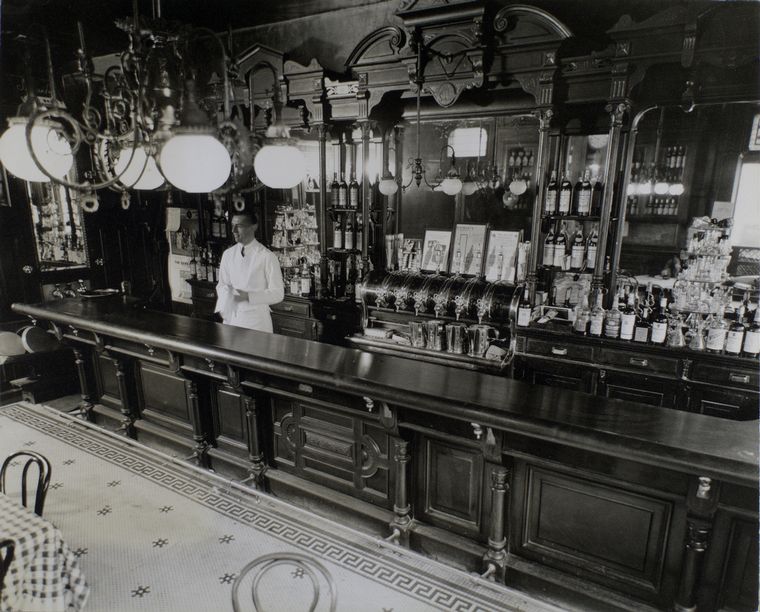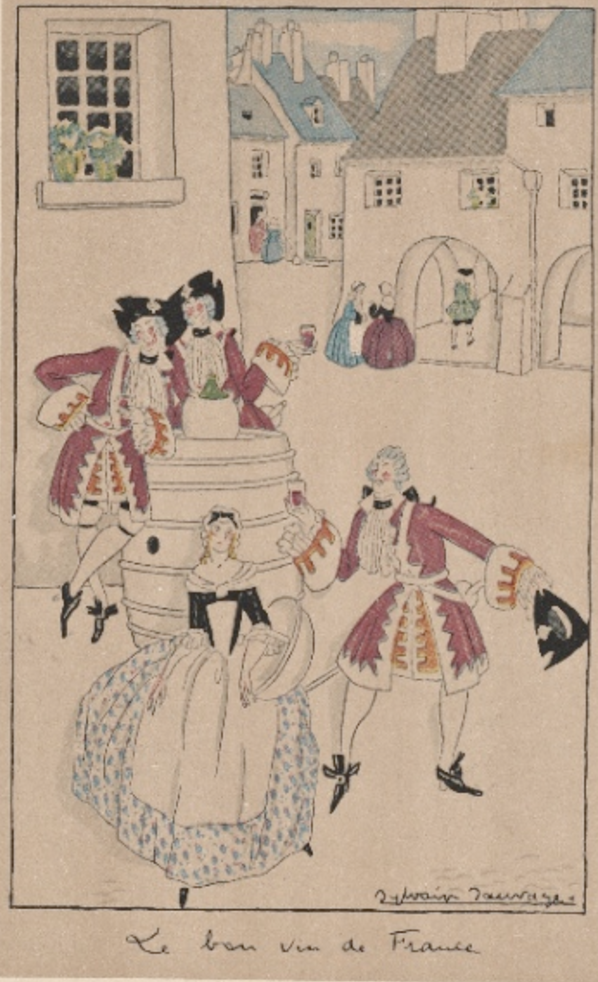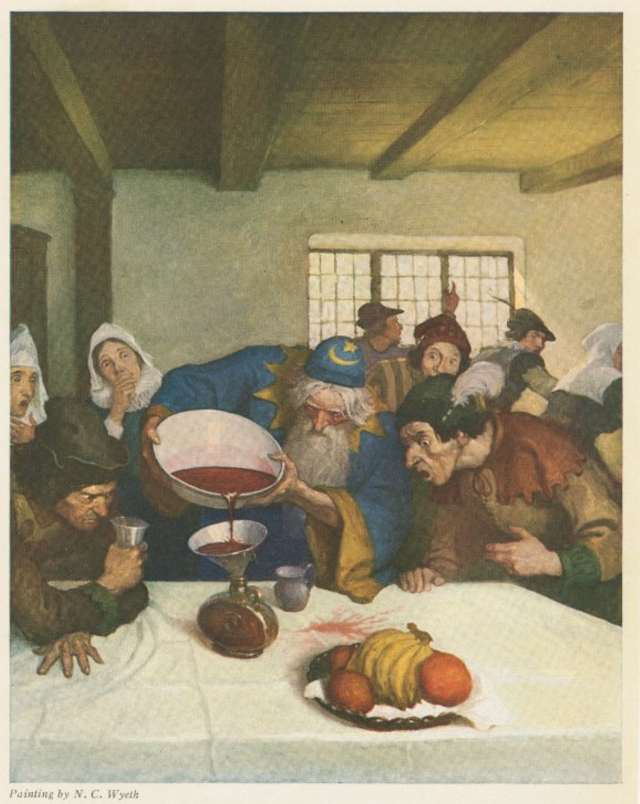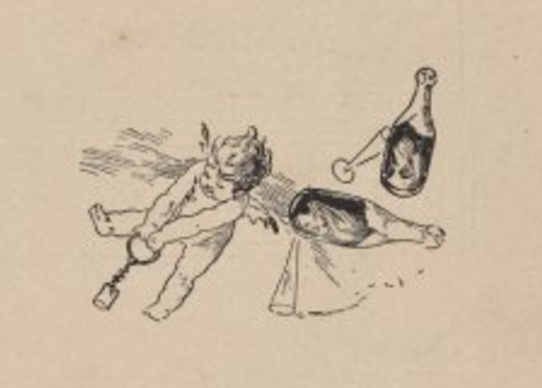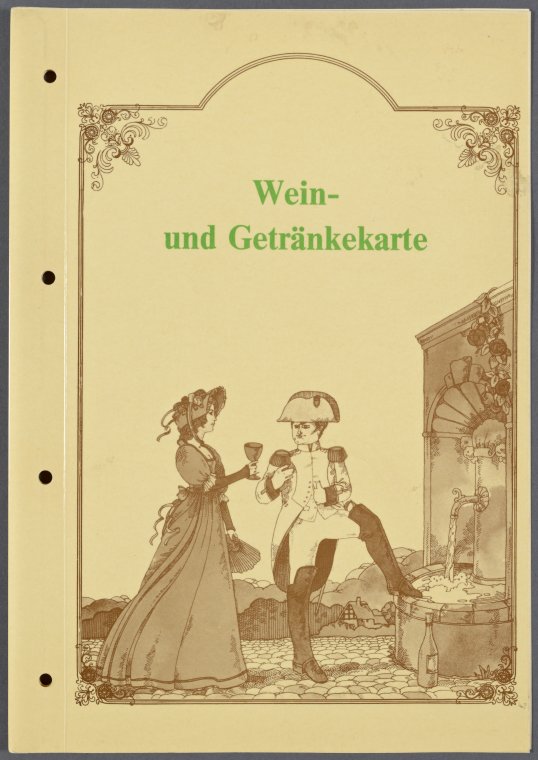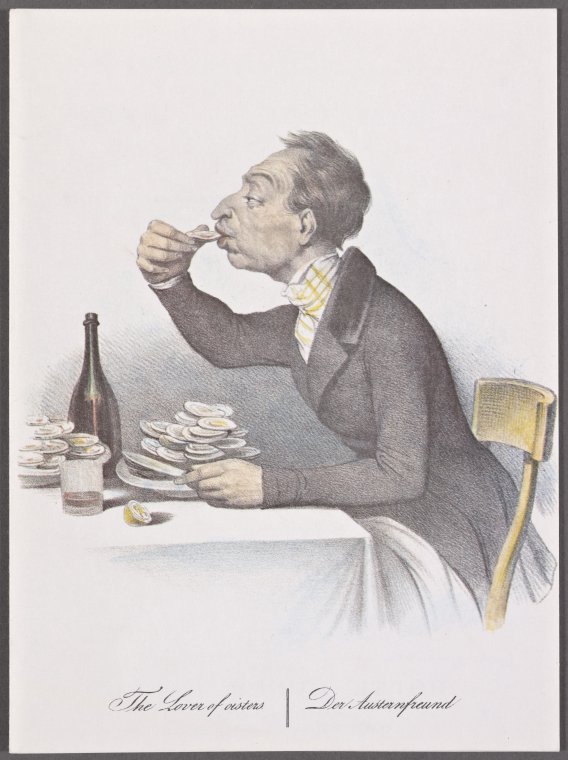Trendzilla ~ An Instagram post featuring nigella seeds, acai berries and a perfectly framed bottle of Gut Oggau Theodora.
–The Real Alternative Wine Glossary ~ Vol 2
“A trend is a trend is a trend. But the question is, will it bend? Will it alter its course through some unforeseen force and come to a premature end?”
—Alexander Cairncross
Why does anything have to be the next big thing in wine?
The simple answer is that nothing does. And it never needed to be.
The wine industry gorges on trends like Mary Berry devotees devour fondant fancies at an English country garden fete. The instasphere, podcasts, trade mags, the wall-to-wall seminars during wine fairs, subsist on the snackish certainty that there is always something nourishingly novel to take pix of, talk, and write about. Novelty makes our little world go round. And will no-one think of the emotional well-being of sub-editors? If no-one writes a crass, click-baiting headline to lure in readers, did the story exist in the first place?
If this sounds a tad cynical, I would like to think that I am not the only one who is exhausted by the perpetual sound-and-fury of media bombardment about wine signifying nothing very much. A constant stream of news is fed into outlets by pr companies and advertisers ensuring maximum coverage. And the more channels to work in, the more stories must be generated. Quantity über quality.
I am all for wine being presented in a less pretentious fashion. Demystification is great if it doesn’t result in crass oversimplification.
Too much of this information, if we can call it that, is propagated with a faux, wide-eyed breathless naivety that can be very annoying. We are all presumed ignorant until proven otherwise and all is always for the best in the best of all possible wine worlds. Trends and hype, as we know, go together like cheese and pickle. I recently read a magazine piece detailing 10 great takeouts of Sicilian wine which managed entirely to ignore in its summation the regions of Etna and Vittoria as well as grape varieties such as Nerello Mascalese, Frappato, Carricante and Grecanico. It also focused exclusively on the big projects and neglected the small producers who are really pushing the boundaries. It read as an advertorial as if a random headline generated a sketchy ten-bullet-point article to prove its clickbait. As does so much modern journalism, subsidised as it is by the wine industry (brands and professional organisations). It is difficult to determine what is proper journalism and what is propaganda and pr puffing.
It is not only that we don’t bite the hand that feeds us, as the hand does not write the stories that are of real interest.
In the same magazine, incidentally, I read that Metallica’s bass player Robert Trujillo has said he uses beer and Jägermeister to keep his hair looking “fresh”. Now, this is a story and more interesting than the by-numbers-trends-to-look-out-for articles.
Wine has always been clunkily/shabbily treated by the media. Once upon a time – to caricature a wee bit – wine was viewed as a subject about which only the upper and upper-middle classes might pontificate and then only converse on the comparative ecumenical merits of domaines and chateaux in Burgundy and Bordeaux. Swaddled in snobbery (or the perception thereof), the discourse, such as it was, was both exclusive and niche. Eventually, supermarkets (and commentators) recognised that wine was also for the people. A new drinking class was emerging, thirsty for recommendations for affordable wines.
Trying to predict a trend is no more than educated guessing. As a wine merchant, you would like your prophecies are linked to what you specialise in, so that you can take advantage of the trend.
Despite wine becoming the most popular alcohol drink in the UK (citation needed, as the saying goes), wine is mishandled by terrestrial television where it is largely ignored, except on weekend morning cookery shows. Where it is still largely ignored or talked about as little more than a dumb beverage at a tight price point.
The counterculture is no better. If wine on TV is under-exposed, then the medium of wine blogging (be it individuals or companies) deafens with its incessant chatter. Superseding the wine itself, the media personality has become the message, yes, the one who drinks wine in impossibly exotic locations, furiously paps the icons, twerks with a bottle. All the time diva-sexing the wine trend. Some might aver we need these flashy approaches to lure a new generation of wine consumers. But will those who are captivated by the glamorous lifestyle of the ornamental wine blogger ever delve deeper into the subject or simply gravitate to the next trend?
Having said that, I am all for wine being presented in a less pretentious fashion. Demystification is great if it doesn’t result in crass oversimplification.
Every wine commentator worth their sediment wants to be a kind of trend-Nostradamus. I am rarely asked my opinions about any trends (and curiously when I have been, it usually concerns topics about which I know nothing!). When I am, I tend to give a carefully weighed three-hundred-word hyper-logical response when a pithy six-worder was sought. I have always taken Pope’s “A little learning is a dangerous thing” to heart.
Trying to predict a trend is no more than educated guessing. As a wine merchant, you would like your prophecies are linked to what you specialise in, so that you can take advantage of the trend. In the past, we have seen how talking about certain wines in terms of their perceived trendiness (whether or not this perception was merited), invigorated their sales enormously. Welcome to club Picpoul; club Muscadet and club rosé – to name but three.
Being a trend soothsayer does not signify wine intelligence. Anyone might stick in a pin in a map and “identify” the next hot region. And, as we know, cool climate regions are the next hot thing. As long as one progressive producer is making a half-passable wine, then that swallow may make the entire summer. Just as long as a few journalists write about it. A professional association can invite, say, 15 bloggers to their region, et voilà, whatever message it wants to put out, will receive wide circulation.
In the meantime, shall not every grape variety have its day in the sun. World Carmenere day? Seriously? With 365 dates in the calendar, surely we can afford to celebrate the thoroughly obscure as well as the downright obvious? Let none of them be missed.
Many years ago, I read a quote in the Daily Mail about a potentially trendy “new” varieties. The sentence read: “Viognier – it’s like Sauvignon, but even more so.” The case rests, me lud. Confucius, he say: Château Grillet, you shall come to the ball.
The more long-in-the-tooth of us can remember the time when only the blessed Chardonnay dominated discourse. If it was oaky, it was okay. Après le deluge, le backlash. ABC ensued – the anything but Chardonnay trend. And then the wheel turned. And turned again, And again. Out of this trend-dialectic eventually emerged the unoaked, mineral Chardonnay, a Chardonnay for people who didn’t care for oaky wines.
The all-too-lengthy fad for Pinot Grigio turned into the fad for Sauvignon, proving that once and for all, you can turn water into wine. Sort of.
A wine consultant, creating a list for a new restaurant, once asked me if we had any Argentinean Pinot Gris under £5 ex vat in our portfolio. The obsession with a variety from a certain country or region at a specific price illustrates how in thrall we are to “perceived” trends, although I doubt some of these are trends at all, inasmuch as attempts to identify the tolerance and spending power of a particular audience.
Unduly agonising about trends often creates a gatekeeper (love that term, not) resistance towards interesting and challenging wines. “We can’t sell x kind of wine” is more a plaintive admission that we don’t try to sell it or are incapable of selling it. The mythical consumer is sadly ace, king, queen, jack and joker in the world where everyone is blissfully happy with the status quo and wine is merely a commodity. It doesn’t need to be this way, if, by giving one’s audience the information to make informed choices, one is prepared to engage and treat people as if they are intelligent individuals with free will.
Check out the proliferation of rosé articles the moment the sun peeps through a cloud
As said before, when one is asked to nominate a trend, it’s normally a request about predicting the upcoming fortunes of a specific grape or a region. It is time to think outside the box. Wine comes from a place, a vineyard, a person and his/her values and choices. Identifying terroir is one way of grouping a selection of wines. Micro-climate (mountains, volcanic, maritime influences) is another. And farming – sustainable, organic, biodynamic, regenerative. And the method of winemaking – skin contact/amber; flor; pet nat/ancestral method; amphora/clay fermented. How about the vigneron(nes) themselves – independent; the women; the husband & wife team; the new generation. The more we dig into the backstory of a wine, the more we discover that trendiness per se is a static idea, and that what is interesting is that the wine world is dynamic and constantly evolving.
The naming of things helps to fix certain ideas in peoples’ minds. For example, skin-contact wines were being made for years, but had no official designation (as it were), until the term orange wine was used to describe them. Since then, the term has been updated and modified, but orange wine has become a familiar part of wine vernacular, so much so that the expression is accepted and used outside the nerd wine world.
How does this apply to the world of natural wine, which for the sake of convenience we will pretend is a world within the greater wine world?
Natural wine (as an idea) has been trending for fifteen years (although wines have been made without additives for centuries). Which makes it more than a trend. Whilst happy that low-intervention wines are being made, sold, and consumed, I am more ambivalent about the recent monetisation of this phenomenon. The natural wine fair circuit is saturated with barely a day passing without some jamboree somewhere. One wonders how small producers can afford to pay for flights, accommodation, meals, sample costs (and participation costs) when their wines are already largely or totally allocated. Maybe this obsession with attending salons partly stems from a fear of missing out, not being deemed a member of the bigger club. In the end, everyone is seeking validation of the so-called opinion-formers. (I accidentally wrote opinion farmers first time – perhaps that is a better term for it!) On the other hand, I wouldn’t deny that the social aspect of wine fairs is useful and that meeting other growers and your customers has value. But wine fairs are enormously expensive to put on (we know this as well as anyone) and the sheer proliferation of events in the past five years leads to the inevitable question: “Who is paying for all this?”
The wine trend wheel turns in a predictable way. Some trends are just seasonal cycles. Check out the proliferation of rosé articles the moment the sun peeps through a cloud. Some trends are proposed when commentators write about wines from places that they have just been, or from a particular tasting they attended. Trends also may resurface because so much time has elapsed since last they were trendy, that it is time for them to be trendy again. Buggins’ turn of wine trends. The next big thing will soon be standing aside for the next bigger thing.
None of this matters to us. The wine is the wine is the wine. We are colour blind, variety blend, country blind. As a company, whether we cared or not, we’ve been associated with wine trends, particularly the vogue for natural wines and orange wines. One of the oft-most criticisms of us a decade ago was that we propagated the natural wine trend/jumped on the bandwagon to hoodwink more people into buying our wines! Nothing could be further from the truth. We bought and sold what we liked to drink, oblivious to the chatter-sphere. That people in the trade and consumers reacted positively was a massive bonus, but we can’t claim credit for the taste of others.
Trends are inevitably here-today-gone-tomorrow phenomena. If ever anything becomes popular, it can be for the best – or worst – of reasons. In the final analysis, whatever is solid and long-lasting in the flighty world of wine must establish proper roots to be something more than a trend.


